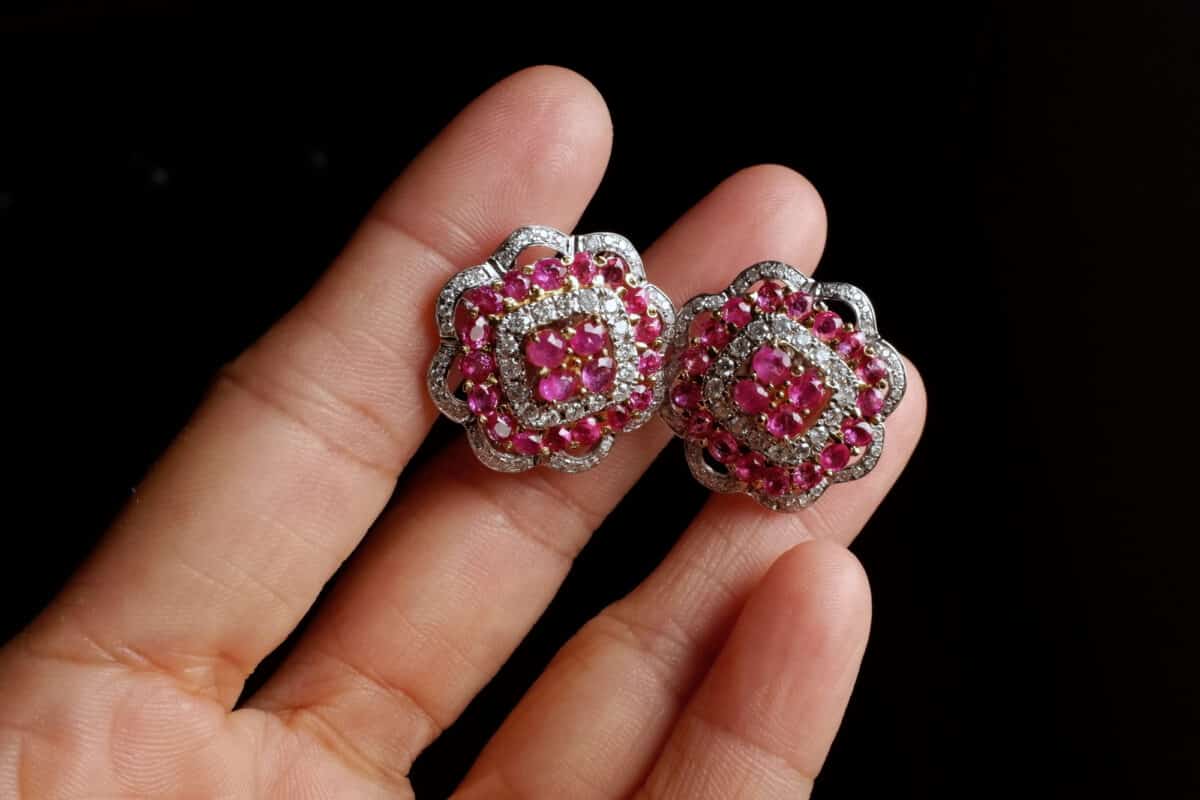

Islamic gardens act as symbolic representation of the archetypal eternal heavenly garden, an attempt to provide a small peak into what could potentially wait for a person in the afterlife. Repetition of geometric shapes in Islamic gardens help to emphasize the link between the physical world and thereafter. Circular fountains represent Jannah, the Islamic representation of heaven, as the circle is symbolic of heaven. The square is always utilized as a symbol of the Earth, with circular fountains often found within square indentations to act as a metaphor for heaven and Earth meeting. The term “Jannat-al-Firdaws” which means “Garden of Paradise” in Arabic, is mentioned many times throughout the Quran, with Chapter 55 of Surat al-Rahman (pronounced “suu-rat al rack-man”), which means the “all merciful” in Arabic, holding the best and most descriptive accounts of what this garden truly would look like if experienced. Water plays a crucial role in these accounts, with multiple layers of symbolism for life present which is why water is the most important element within an Islamic garden as it is symbolic of the soul. Rain was and continues to be viewed as a merciful gift from heaven within Islamic culture as Islam stems from one of the hottest regions in the world. Water is essential to Islam and an Islamic paradise garden cannot exist without the incorporation of water to some degree. Islamic gardens are separated into 4 specific quadrants because of the “chahar bagh” (pronounced “cha-harr bahh”) which means “4 gardens” in the Persian language of Farsi, directly related to the 4 rivers of paradise, including a river of milk, honey, wine, and water, an order and harmony which underlies everything within an Islamic garden







